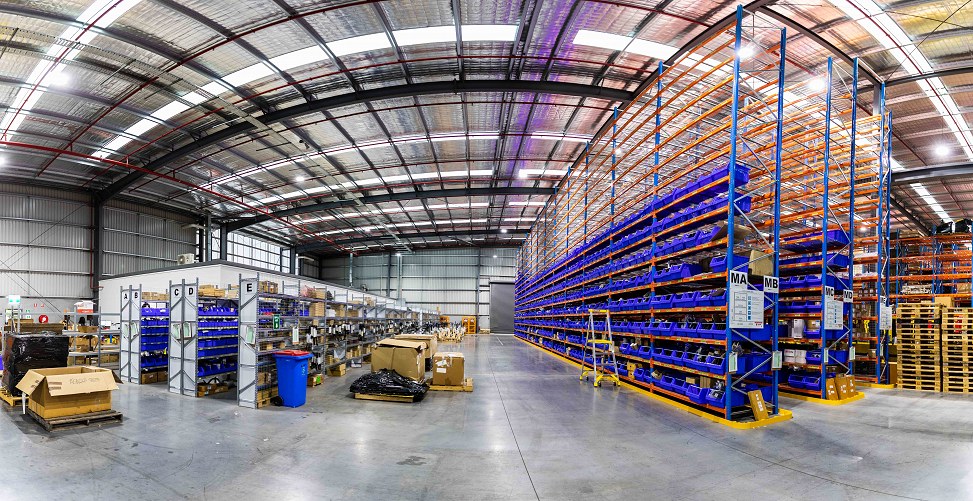4 Practical Tips to Optimise Warehouse Storage Space
Warehouse storage is one of the largest overhead expenses for a business.
Maximising warehouse storage space not only improves warehouse efficiencies but can also reduce costs improving a business’s bottom line.
In this post we briefly explain four practical tips and how they can help a business maximise available warehouse storage space.
1. Remove Excess and Obsolete Inventory
Not all products are successful sellers, one of the most common ways storage spaces are wasted is when obsolete inventory occupies it.
By carefully examining stock levels and movement businesses can either greatly reduce or completely remove all obsolete inventory they hold, allowing for the returned storage space to be better utilised for storing popular high-volume stock.
Old obsolete stock can be sold at a discount price, donated to charity (if suitable) or potentially returned to supplier to free up storage space.
2. Accurately Track and Forecast Stock Levels
Inaccurate forecasting of market demand for a product often results in excessive amounts of items being stored overwhelming warehouses.
Regularly tracking stock levels of items and using accurate forecasting of stock holdings so there is never an excessive amount of stock of any one item being held in a warehouse is another way to maximise available storage.
Without regular stock level reviews and maintenance excess inventory items are often held to long and eventually become obsolete inventory.
Working with suppliers and arranging for products to be delivered in stages or implementing internal policies within a purchasing department that prevent over ordering of items (e.g., only ever ordering enough stock to last three months at a time) are two ways excess and obsolete stock can be reduced.
3. Add a Mezzanine to Maximise Space
Another way to maximise vertical warehouse storage space is to install a mezzanine floor.
Installing a mezzanine floor above a floor level shipping or receiving area can greatly increase available storage space.
Before installing a mezzanine, floor there are some things that need to be considered such as is the floor below the mezzanine able to support the additional weight and how to allow for the safe navigation by employees in the area below the mezzanine floor where the columns and base plates are installed.
4. Use Containers that Suit the Size of Goods
Using containers to store unpackaged items is another good way to maximise space, but when done incorrectly it can waste space.
For an efficient storage system it is best to use a variety of different sized containers to accommodate all items. Storing small stock in smaller bins whilst keeping larger stock in bigger bins will help increase storage capacity.

Optimising your warehouse storage processes may require a significant amount of time to plan out and monetary investment, however the long-term results will benefit businesses in the long-term.
In this weeks post we have discussed some simple practical tips that can be implemented to assist in optimising the use of available warehouse storage space.
To find out more about how larger more complex changes such as optimising vertical storage space or narrowing aisle widths to increase available storage space read the posts below.
- What is a High Reach Forklift? https://bit.ly/35SUJD1
- Forklifts for Tight Spaces – What are your Options? http://bit.ly/3bKTTd1
If you’re looking for help to optimise your warehouse storage space contact one of our MHE experts on 13 22 54 or submit an online enquiry to arrange a site visit or discuss optimisation strategies specific to your application.